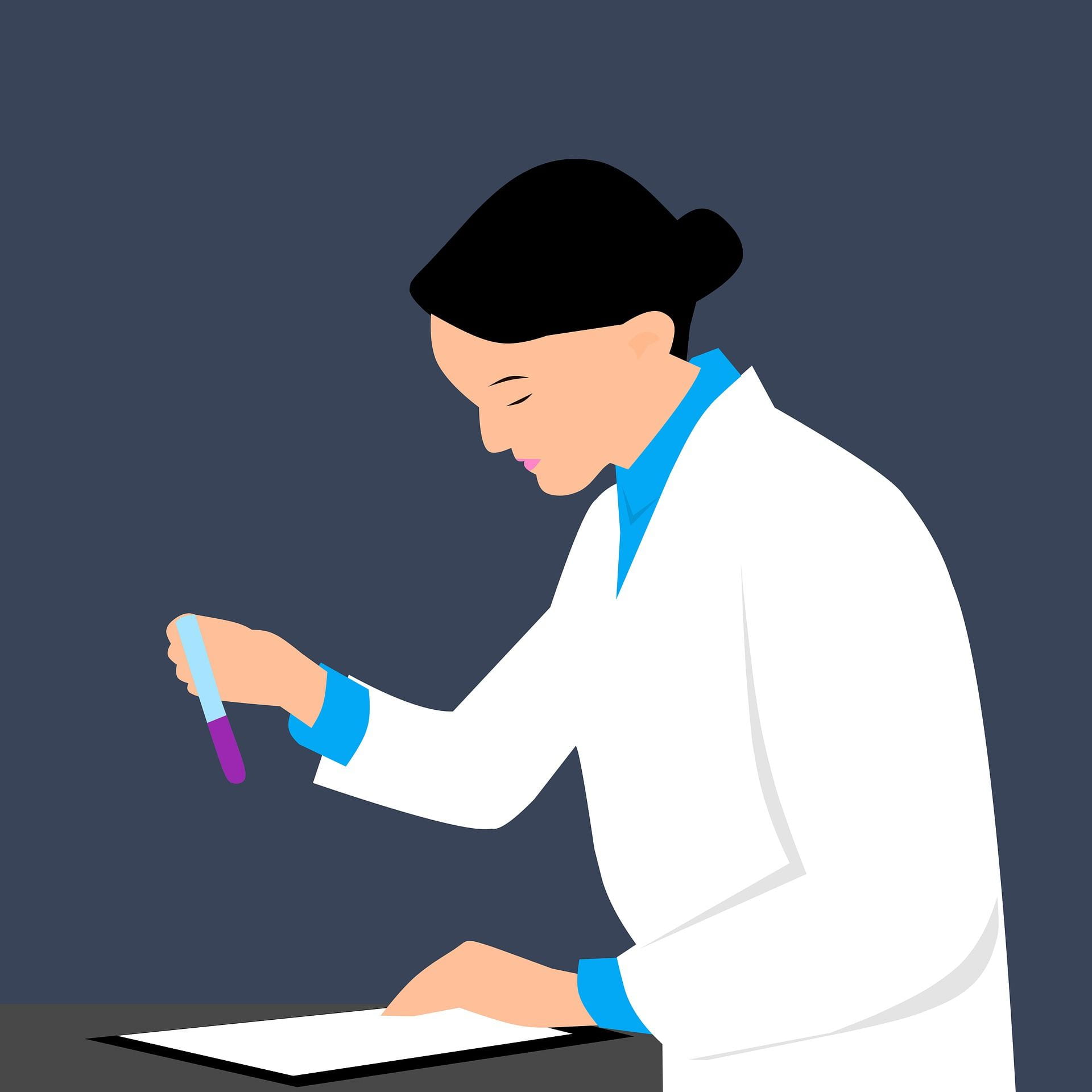Blog
Day in the Life:
Research Masters Student
FMHS-PGSA Blog
Day in the Life of a Research Masters Student

Experiment Day
I’ll typically arrive to campus and start preparing for my day of experiments by 8AM. For my experiment, preparation involved setting up the required dissection tools, mixing and oxygenating solutions so they’re ready to use during dissection, and checking the force transducer and fluorescence equipment and software are in proper working condition. If I have time, I’ll have a coffee and a bite to eat.
I head upstairs to retrieve my experimental animal and perform a dissection to extract the specific muscle from the heart. The muscle is small and delicate and if the dissection procedure goes wrong, the experiment may not be able to go ahead for the day; this is because the muscle tissue will be used to measure the force and intracellular calcium responses to the certain interventions applied. The muscle was mounted onto a fixed support and a force transducer.
To measure the intracellular calcium levels, the muscle needs to be loaded with a fluorescence indicator. My particular protocol required superfusing the muscle tissue for around 2 hours, and checking every 30 mins or so that the muscle is still responding and there were no faults in any machinery. At this point, I would return to my desk to catch up on any work I could squeeze in or take a breather and go for lunch and some banter with my desk neighbours.

At this point, my muscle was loaded with fluorescence, and responding well so that I was able to begin testing my interventions. I exposed the muscle tissue to intervention A, and watched for a steady state response, before recording the force and intracellular calcium responses on the computer software. This was repeated, until all interventions were tested; this part can be monotonous, which was always preferred as opposed to troubleshooting equipment issues or complications of tissue damage.
Generally, I would be cleaning up and returning any equipment I borrowed around 5PM. I double check all equipment are off before leaving and, most importantly, that I have transferred all my data onto a USB drive. I take a sigh of relief that I have completed another experiment and head home.
NON-EXPERIMENT DAY
- Preparing for an experiment
- Analysing data from a previous experiment
- Reading research articles related to my research project
- Compiling background research for my thesis
- Learning laboratory techniques from my supervisor or laboratory group peers
- Laboratory group meetings
- Casual laboratory demonstrator
Here is an example of what one of these days looked like:


Arrive on campus, and have a cup of coffee as I sit at my desk and review any emails. This was a good time to familiarize what I was going to be doing for the day/week and prioritize specific tasks.
10AM
I had a lab meeting where I presented the results from a previously completed experiment and discussed what the results showed. This was a good time to pick the brains of my laboratory peers and supervisors about my interpretations; more often than not, I received feedback and suggestions to improve my experimental protocol and be recommended relevant articles.
12PM
I was getting peckish, so I popped down to the bakery for lunch; who doesn’t love an award-winning pie from Le Royal.
1PM
The coding aspect of the interactive data language software was puzzling me, so I asked a PhD student in my laboratory group, who was familiar with this, for guidance.
2PM
I decided to make up more of the solutions that were running low. I weigh out all ingredients, and leave the mixtures on a magnetic stirrer to dissolve and store in our laboratory room.
My supervisor had emailed me some research articles she thought I would benefit from reading so, as I had some time I went through them and jotted down important bits. Since I have two post graduate desk mates (shout out to Tania and Hiroki!), we discussed how our experiments went and shared what we found interesting. I found it useful to talk to peers and share what you are up to as they may be able to help you navigate common issues with software (e.g. prism statistics package) or certain laboratory issues that may arise.
5PM
My day generally ends around 4 or 5PM. I wrap up the work I’ve been doing today and hope that Auckland traffic isn’t a mare. I carry my current work on an updated USB so that if I decide to, I am able to work on it at home.
Our Advice

Burnout

Useful Staff Contacts

Conferences

Grants

Supervisors

